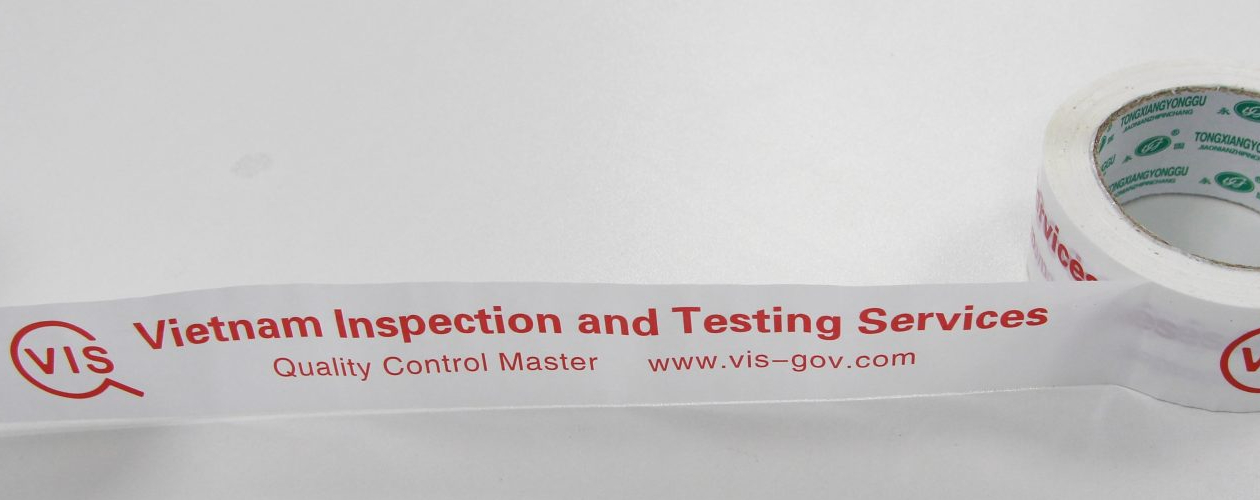Industries & Services
Sample Picking Service (SPS)

In today’s globalized economy, businesses increasingly rely on overseas manufacturers for production. While this offers many advantages, it also presents challenges in maintaining consistent product quality. This is where Sample Picking Service (SPS) becomes essential.
VIS offers SPS to help clients verify whether production aligns with quality expectations and market standards. This service involves randomly selecting shipment or testing samples, ensuring that factories cannot manipulate sample selection to misrepresent the quality of the entire production lot. With VIS, you can trust that the samples received are authentic, unbiased, and aligned with your specifications.
What is a Sample Picking Service?
The core purpose of SPS is to randomly select cartons to obtain accurate and representative inspection results. At VIS, we follow strict carton sealing protocols that differentiate cartons selected and sealed by our inspectors from those potentially re-packed by the factory. This transparency allows clients to evaluate the inspection process and address quality issues more effectively.
Why Use a Sample Picking Service?
Factories often assign highly skilled workers to produce samples, which may not reflect the final bulk production. Therefore, it is critical to verify the source and authenticity of samples to avoid discrepancies between approved samples and final goods.
Relying solely on factory-sent samples is risky. With VIS’s SPS, you can:
-
Eliminate biased sample selection
-
Ensure that samples accurately represent actual production
-
Avoid potential quality issues that could impact customer satisfaction
-
Streamline the product launch process and reduce costly delays
When do you Use Sample Picking Service?
Sample Picking Services are valuable in many contexts, such as:
-
Quality Control: Verifying that production meets specified standards
-
Regulatory Compliance: Ensuring that sample testing meets required safety or efficacy criteria
-
New Product Development: Reviewing samples before launching a new product or product line
-
Product Line Extensions: Ensuring consistency with existing product quality
-
Supply Chain Management: Monitoring suppliers’ performance through unbiased sampling
How to Choose a Sample Picking Service Provider
When selecting a provider, consider the following:
-
Reputation for accuracy and integrity
-
Experience in your industry, ensuring relevant product expertise
-
Transparent communication and responsive service
-
Clear documentation and traceability of samples
Choose a provider like VIS, known for meticulous protocols and high-quality reporting.
How Does VIS Perform Carton Sampling?
VIS follows a strict and traceable process for carton and defect sample identification during inspections:
-
Carton Identification: The inspector records the carton number and applies the VIS Inspection Sampling stamp (if permitted by the factory).
-
Carton Verification: If no carton number exists, the inspector checks identifiers like PO, Style No., or item descriptions to confirm correct selection.
-
Tamper-Proof Stamping: The VIS stamp is applied on carton tape to detect any tampering, reopening, or resealing.
-
Sample Protection: Inspectors ensure selected goods are not swapped or altered by factory workers.
-
Supervised Transit: Cartons are moved to the inspection site under inspector supervision. If unsupervised transit occurs, cartons are rechecked for stamps and carton numbers.
-
Defect Tagging: Defective items are marked using stickers or clips and separated from good samples.
-
Defect Documentation: If defect samples are sent to clients, the defect type is clearly noted on a VIS Defective Sticker, and items are protected during transit.
Conclusion
VIS’s Sample Picking Service provides accurate, unbiased sampling to help you make confident business decisions. By ensuring the integrity of the inspection process and preventing manipulated samples, we help protect your brand, reduce risk, and maintain product quality.
Contact VIS today to learn more about how SPS can benefit your supply chain and quality control strategy.










